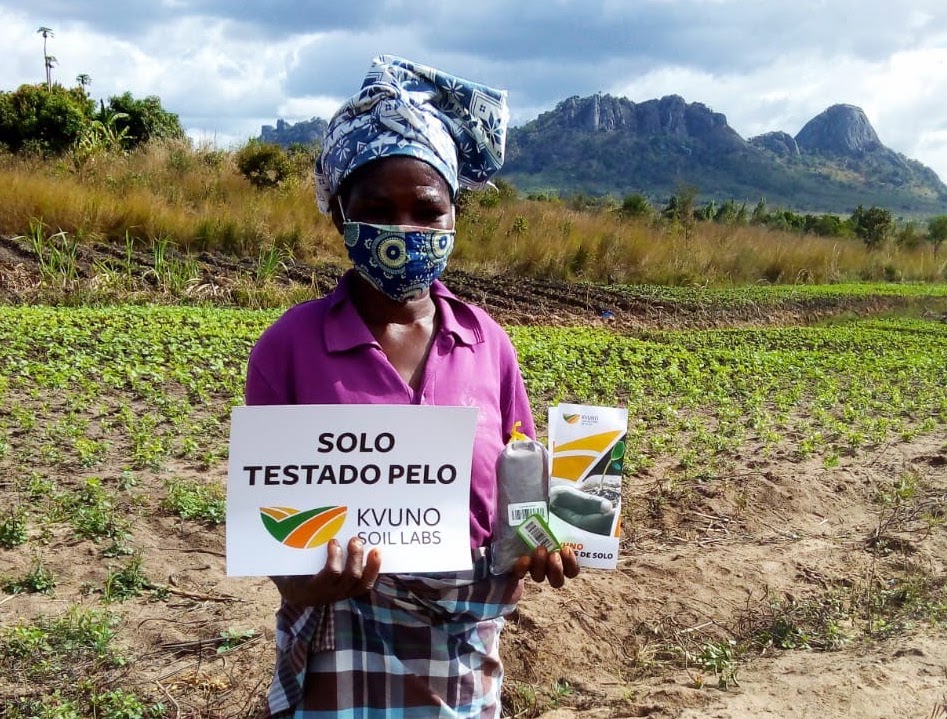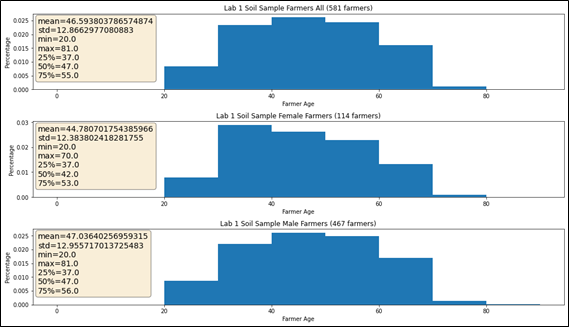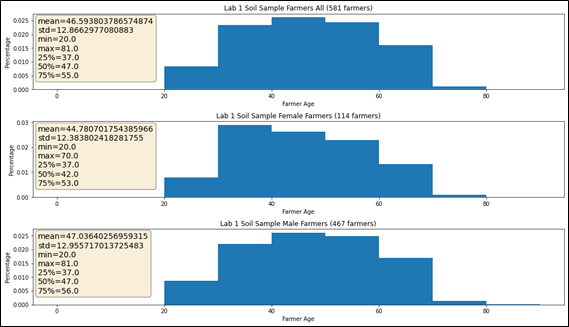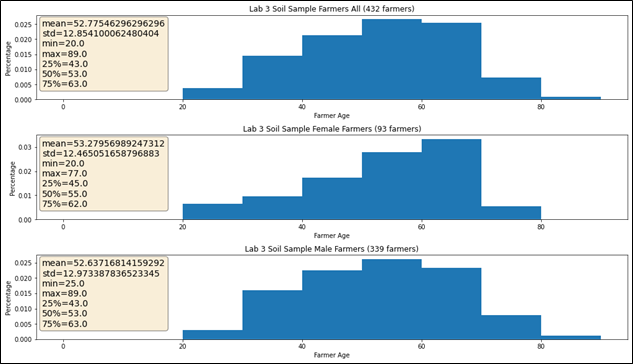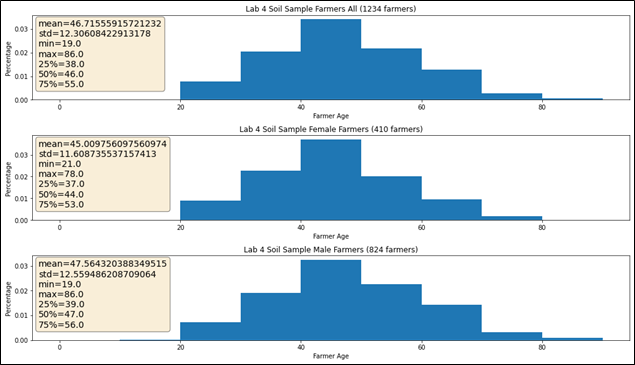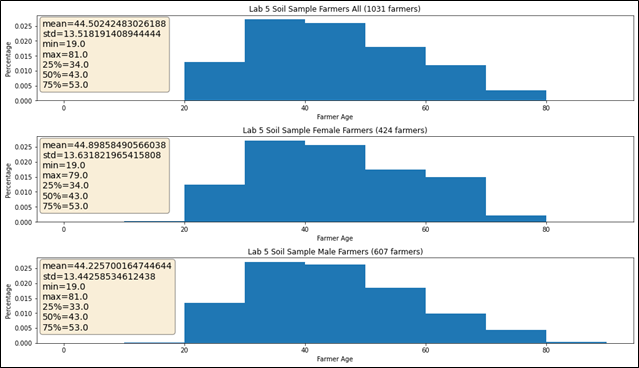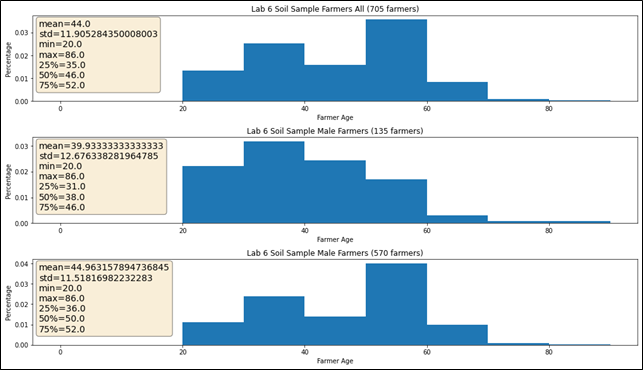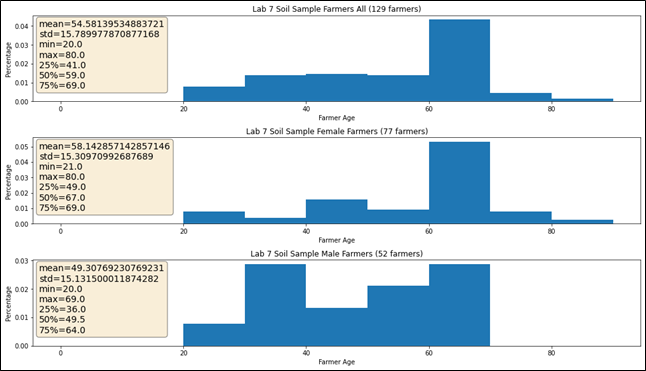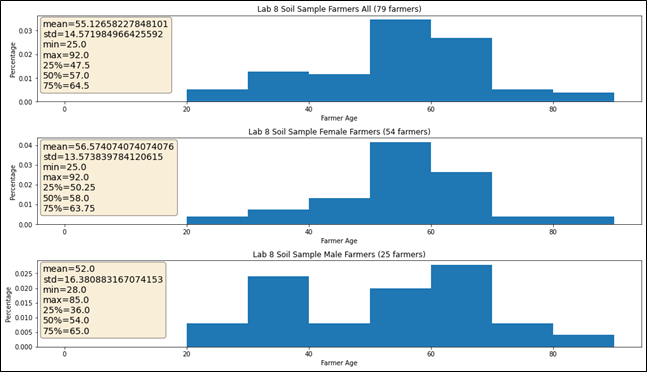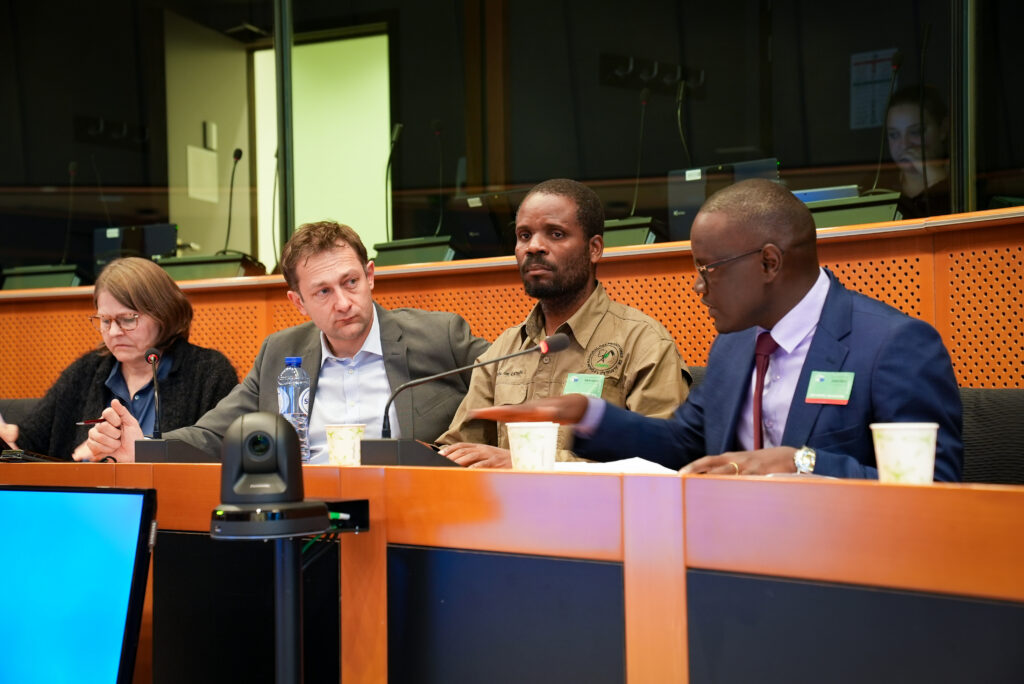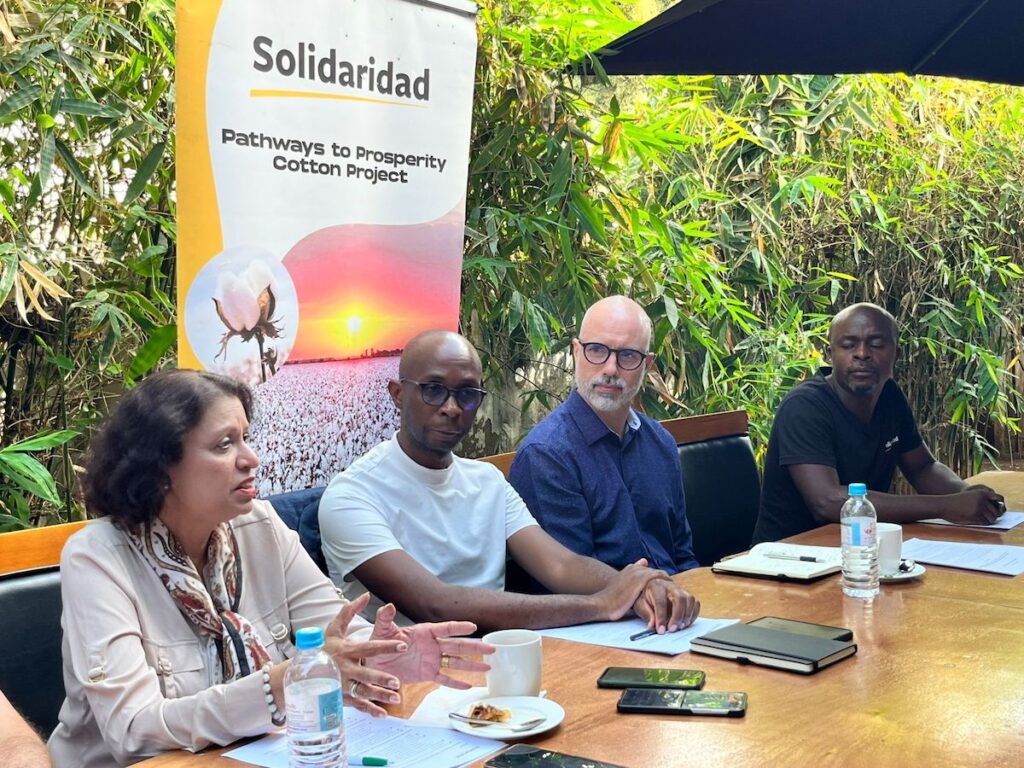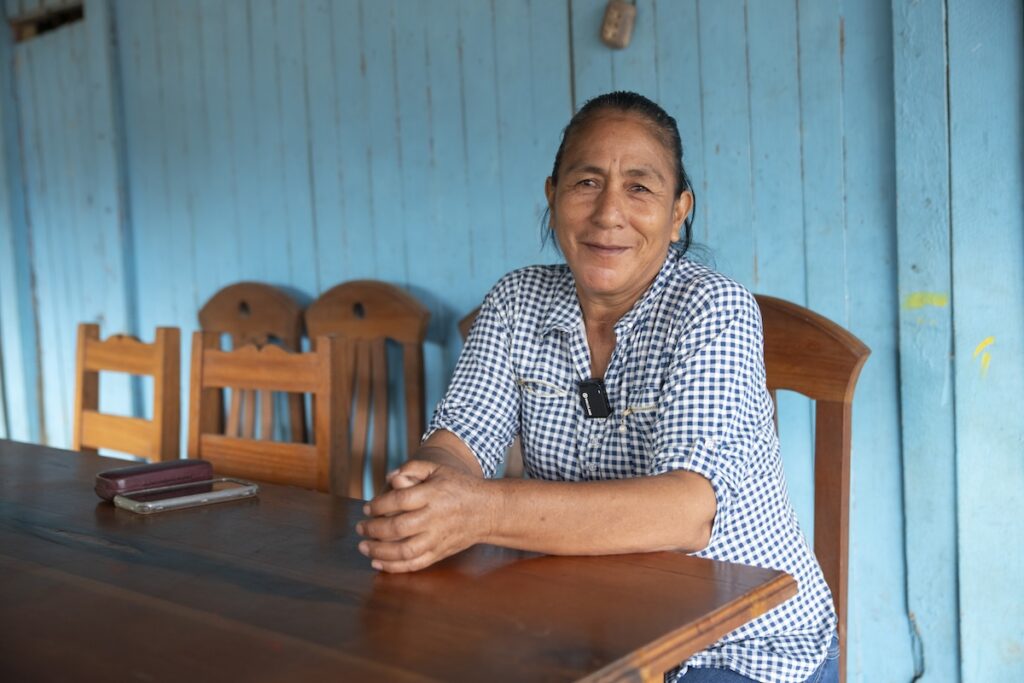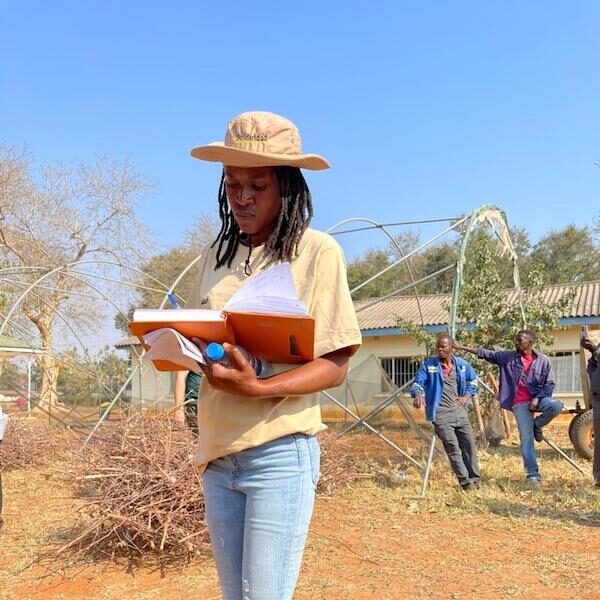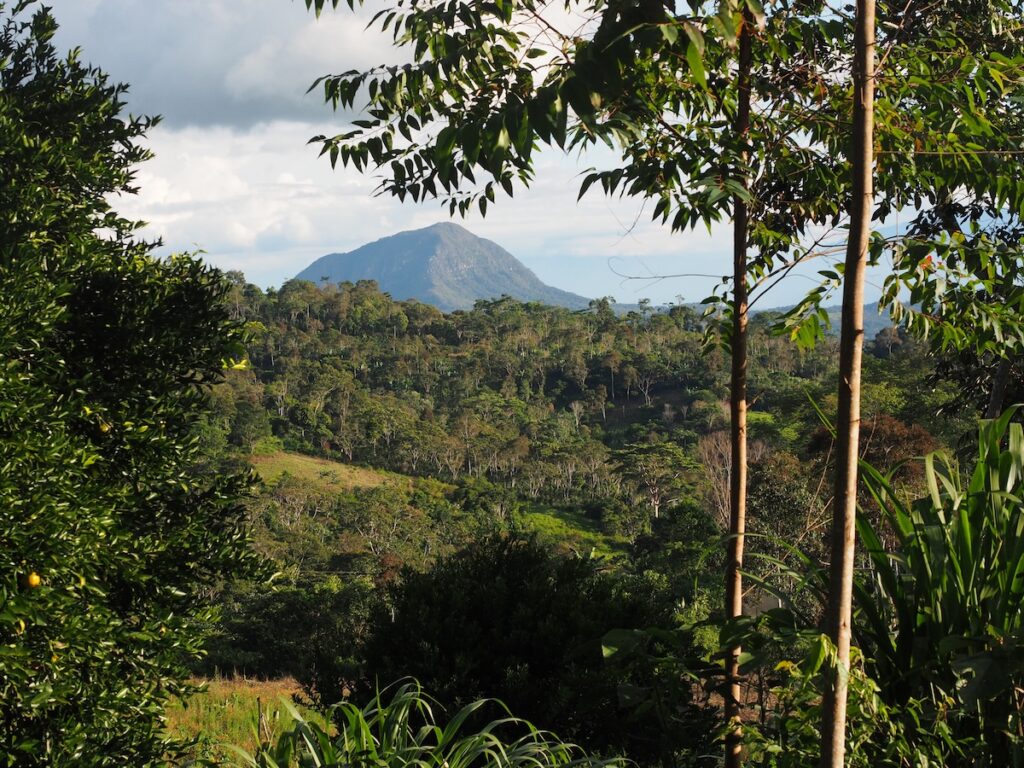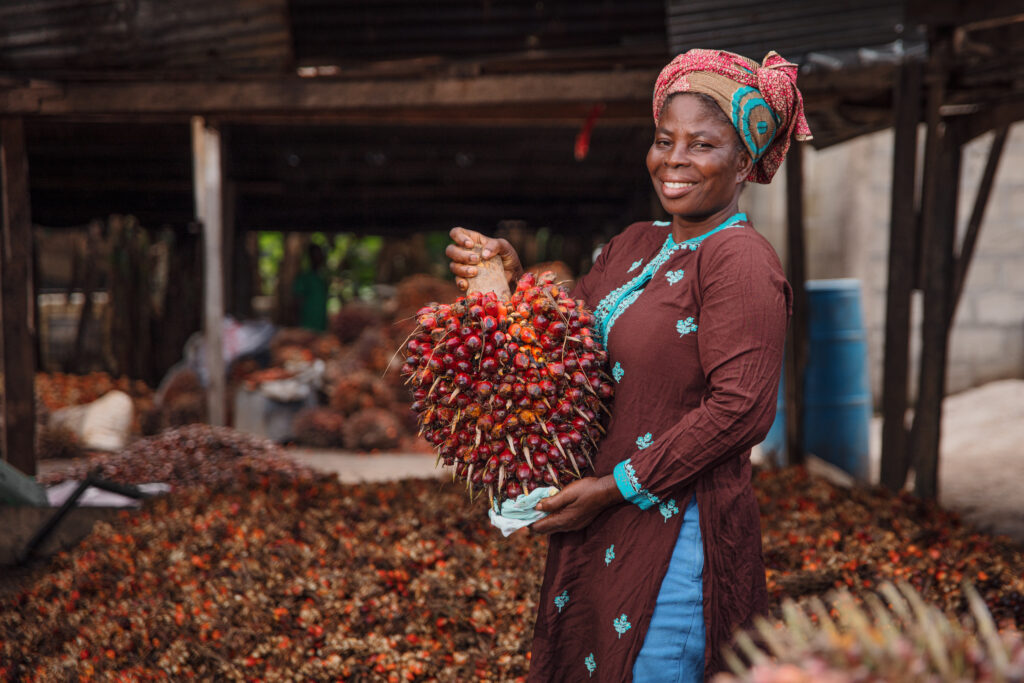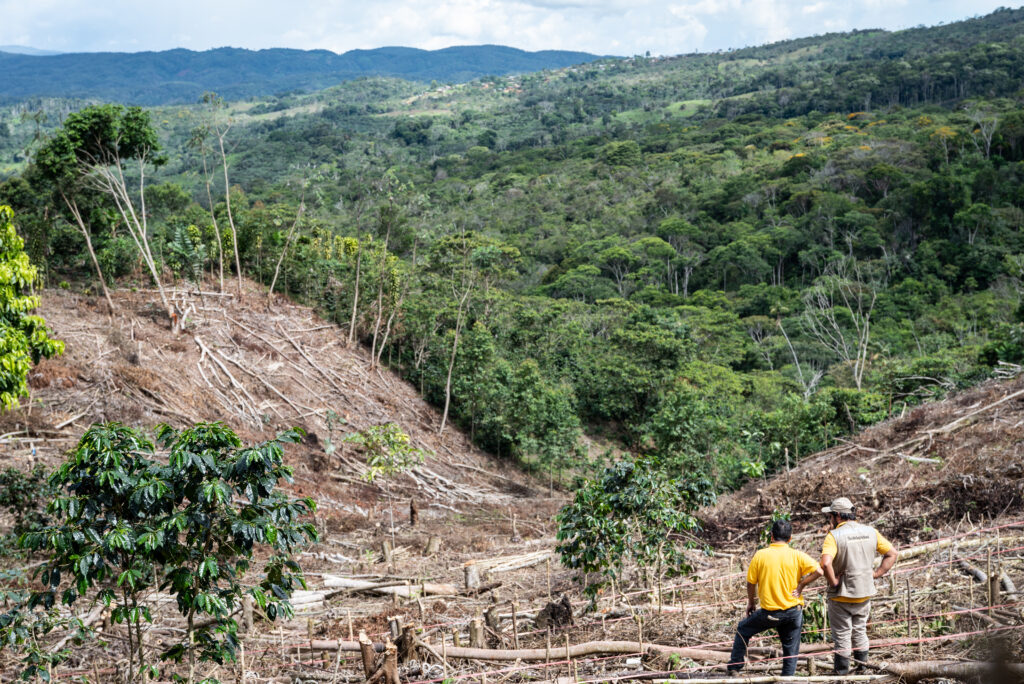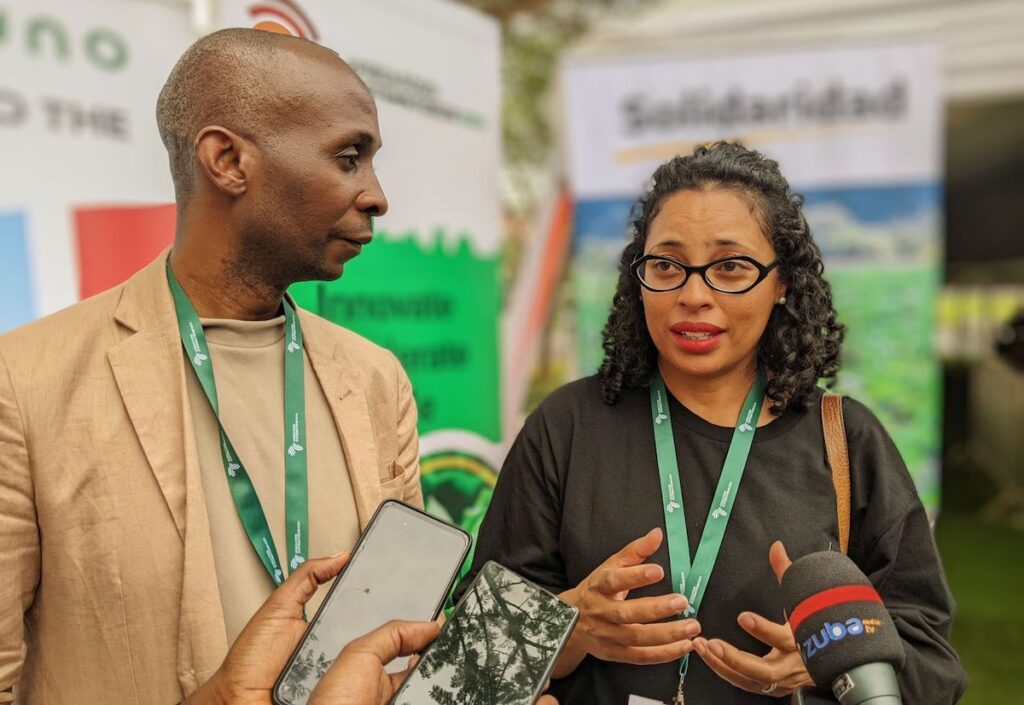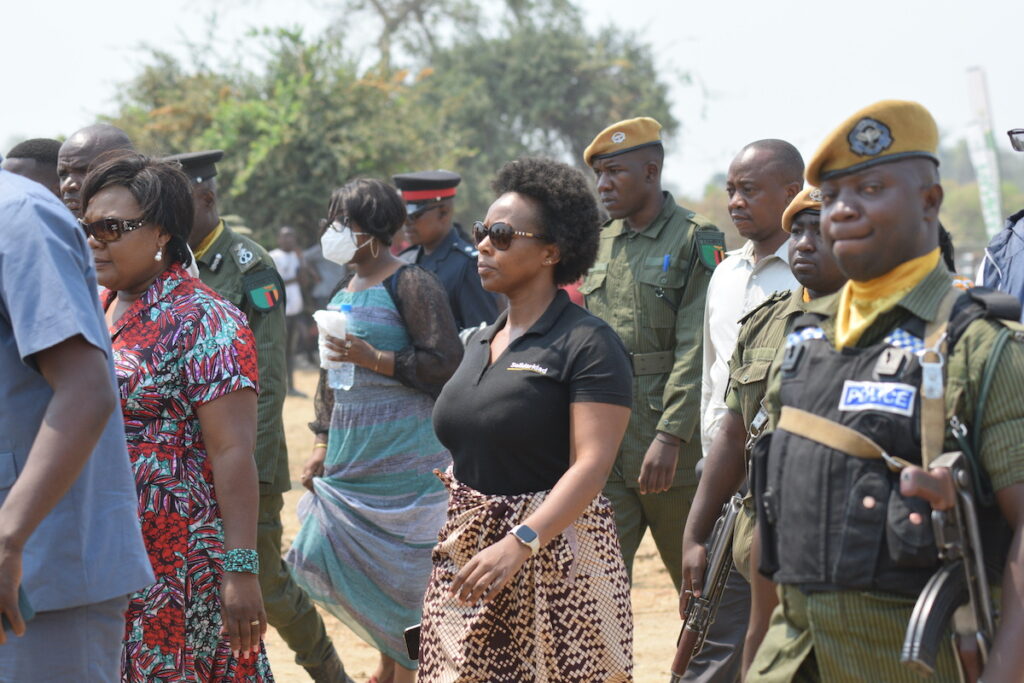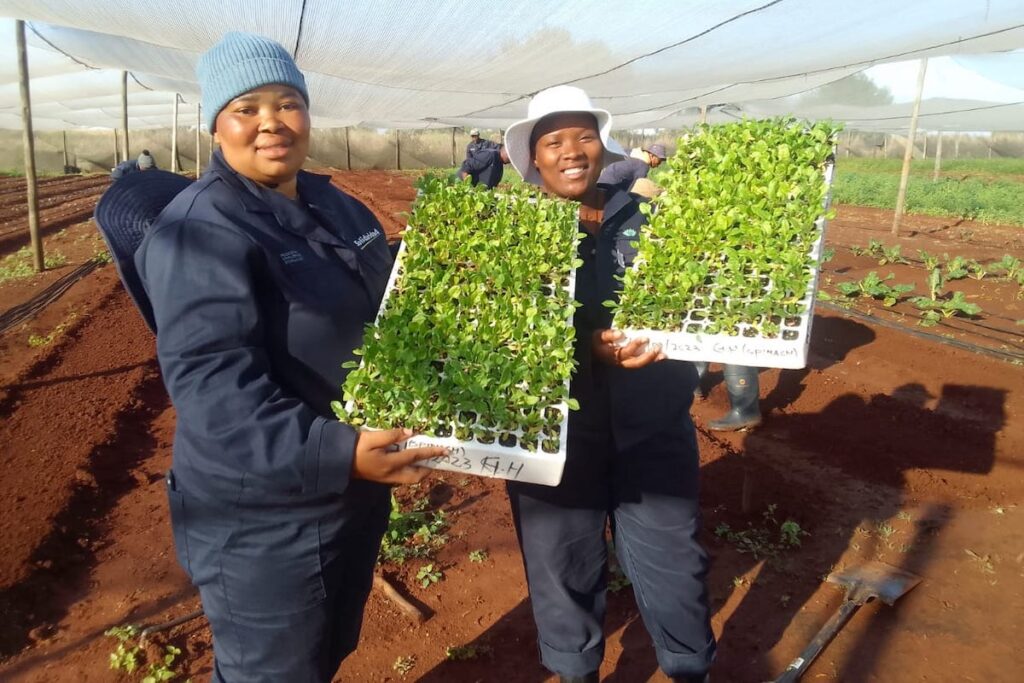In development, we are often confronted with seemingly impossible challenges. In our quest to support farmers to increase productivity, enhance their participation in value chains, and improve their incomes we have to also caution them on practices that could have a longer-term negative impact on livelihoods. From our vantage point we sometimes wonder why certain recommendations aren’t taken by farmers, even though the consequences are clear to them. Our response is often to then try and “educate” the farmers because we feel it’s an issue of lack of knowledge. However, time has often shown that rural farmers have the same level of sophistication, and understanding of issues of maintaining ecological balance as we do, and that they are actually part of the solution in finding a way out of most of the calamities our ecosystems face. However due to the perverse incentives civil society organizations often promote, and our tendency towards a “policing” approach, we are conspirators in our own failure.
A progressive approach seems to be premised on first recognizing the agency of the farmers themselves, and enabling and supporting them with appropriate tools and “work-arounds” to navigate some of the contradictions they have to contend with. We need to focus on building and enhancing the farmers’ toolbox to enable them to operate effectively as providers of ecosystem services. Soil health management, rangeland management, forest protection, neglected and abandoned landrace crops, and animal genetic diversity all feature in farmers’ self interest considerations. However self interest without appropriate tools and options is easily overwhelmed by the more urgent need to make it to the next meal.
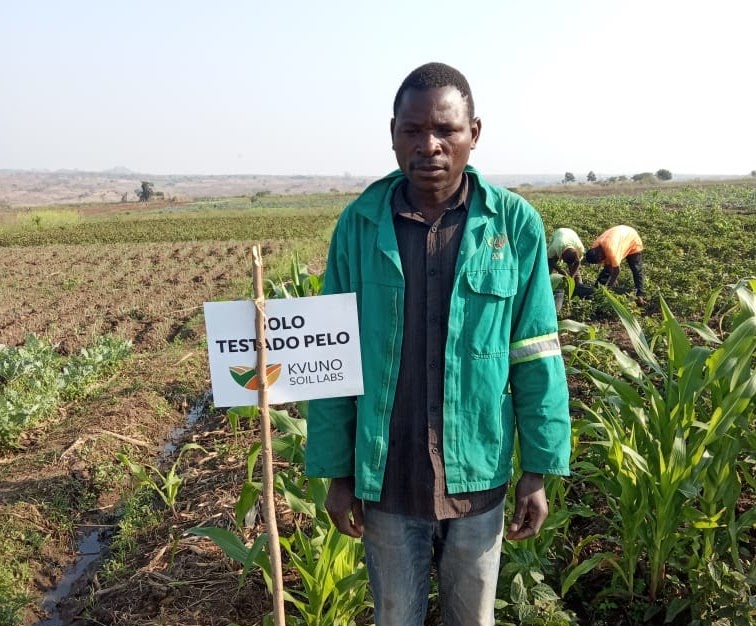
We are the solution
“Biodiversity is the basis of agriculture and our food systems” (Gurdev S. Khush). This incorporates all the animals and plants above and below the soil and are consequently integrated into the landscapes. To manage biodiversity across our landscapes we need to incorporate a sustainable agricultural system for our farmers. This can be done though adopting agricultural practices that will help mimic a natural environment. We can improve and promote sustainable and biodiverse agricultural practices through adoption of agile technology. Adoption for this technology can provide us with real-time data and hence give in-depth knowledge of their farms and improve on their agricultural practices. One major way of managing biodiversity is being able to know the health of the soil. Soil health, a guiding factor on adopting better farming practices and monitoring biodiversity health of the soil.
Real time data and solution reports from information collected on the soil help optimize agriculture biodiversity production and management practices. Real-time data production should effectively and efficiently be provided to the farmers. The data use is important in shaping sustainable agricultural systems through the farmers’ practices.
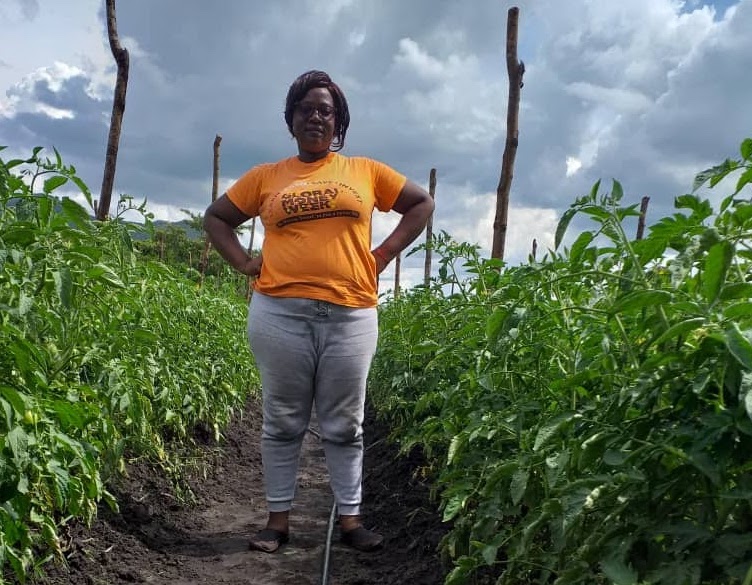
Our Context
In the heart of every problem, there has been a problem solving outcome. Development of digital technology is a main contributor to the success of managing biodiversity and reducing unforeseen anthropogenic activity. Through the eyes of the organization one fundamental aspect is managing and improving smallholder contribution to value chains, improving food systems, providing climate smart solutions, managing data contributed across the value chain whilst making sure no one is left behind. To improve the livelihoods of our small-scale producers in the agricultural sector, soil testing has been the main contributor. Improved performance starts in the soil. Deployment of soil-testing hubs in the rural areas and peri-urban centers alleviates the cost pressure of testing soils, making sure correct information is provided, delivered to the farmers how many utilize the reports. From our case study of the countries we are working in, we have been able to get 4,500 soil tests conducted over the past year and a half. Access to precise real-time data supports farmers in decision making on the costs of input and production of their land. At the same time this data provides necessary steps in what would be their target yield after harvest.
In an example of our lab reports below, different locations of the soil labs, provide a gender and demographic of the type of farmers we provide soil testing access to. Further to the demographics, agricultural crops, hectare of land to test the soil, the soil nutrient requirements are determined from the soil tests we provide to small scale holders. Answers can be generated by information that helps every participant in the agricultural value chain. This allows us to assist farmers in managing the agricultural activities and provide good and sustainable agricultural practices. Not only does soil testing just provide this information. Farmers who follow the soil report would advocate for better farming practices. The provision of this information has proven to assist in food security and soil education.
The Urgency
Indigenous farmer knowledge in agricultural systems has been passed down through generations in different households.
Indigenous knowledge systems can be captured through digital technology amongst our farmers.
There is importance in acknowledging the significance of the heritage information and making sure the information is combined with modern agricultural practices. As stated, our main engagement means aligning with the sustainable development goals. The main solution will be fair access to services and goods at a reasonable cost to the farmer, advocacy and use of good agricultural practices for biodiversity protection, and payment for implementation for both solutions. All value chain participants are encouraged to take a “risk” with the farmer. Encouraging climate smart farming and land management for agriculture for biodiversity protection can be accounted for by incentivized practices and conscious advocacy.
Advocacy can be encouraged from every stakeholder by increasing training, provision of better and safe work environments. These services end up being hidden costs to the farmer. However if they are incentivised in form of participation and materials provided, this can put an immediate focus on farmers needs. By documenting activities done during training and in the field one can immediately trace their investment to each farmer and the farmer is also able to manage the costs of the field.
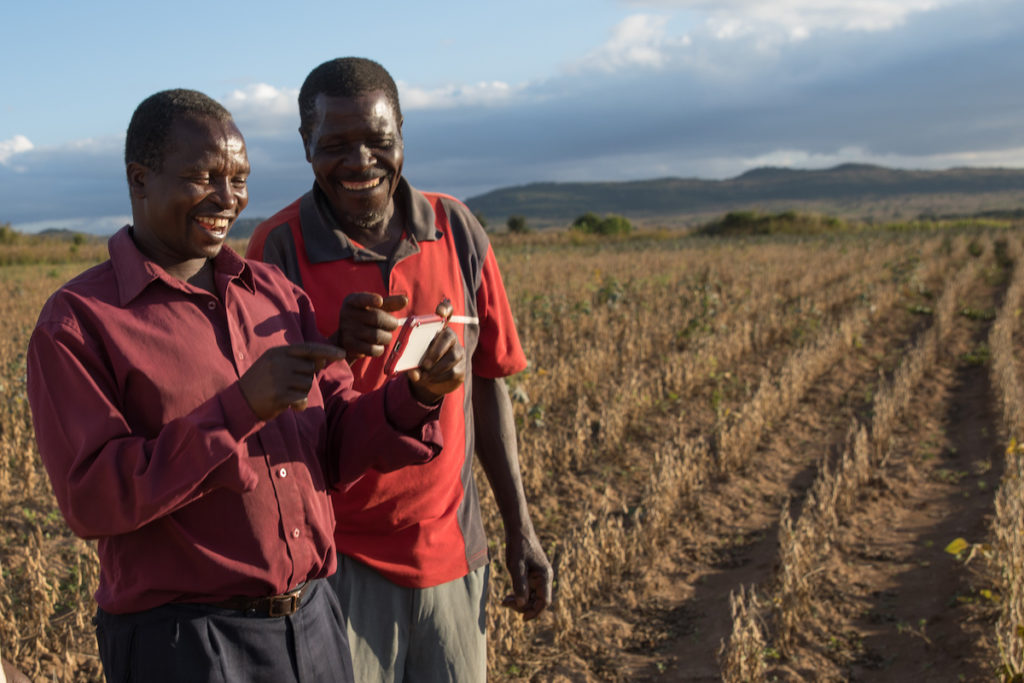
Introducing WADI Virtual Assistant
The virtual assistant enables the two to interact with and access information from multiple sources (satellites, weather services, soil testing, and logistics) with ease.
Through the Z’wardy incentivising service we actively provide immediate information to farmers and stakeholders to the contribution. It becomes engaging as one is eager to save costs on input, improve farm practices, actively attend training, and by word of mouth engage with other farmers of the importance of the service. Services and goods to the farmer have a direct economic impact on the farmer. Therefore value chain stakeholders would always want to know how their products can affect and improve society. This can be encouraged by subsidizing goods when farmers actively participate in training, advocacy and management of agricultural land for biodiversity protection.
As a solution driven organization, the importance of real-time data to the farmer encourages forward thinking and planning for their farms. At the same time farmers can contribute to better practices by helping us learn of their surroundings and how they are able to manage biodiversity around them. Which provides all of us with a balance to access to data and use of data for the protection of the agricultural biodiversity systems as a whole.

